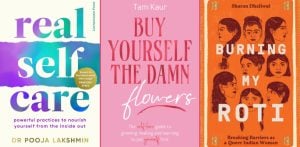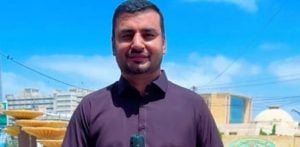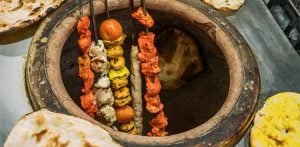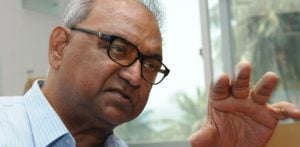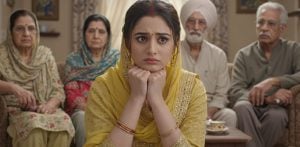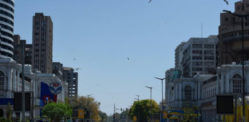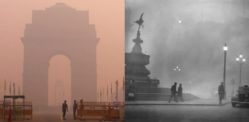Residents complained of watery eyes and itchy throats.
It was reported that Delhi’s air quality reached hazardous levels following Diwali.
Residents in India’s capital had woken up to a blanket of toxic smog.
One doctor stated that the levels were so high that for babies born in Delhi on November 5, 2021, they would breathe in the equivalent of more than 20 cigarettes.
The city is already the world’s most polluted capital but on Diwali, citizens defied a ban on fireworks and celebrated throughout the night.
However, the next day, the Air Quality Index (AQI) measured over 500 in many parts of the city.
AQI measures the concentration of poisonous particles.
A reading between 0 – 50 is good and up to 100 is “satisfactory”.
Delhi’s average reading indicates “severe” conditions that affect those with existing respiratory diseases and can even affect healthy people.
Residents complained of watery eyes and itchy throats.
The thick layer of smog severely affected visibility and was the cause of a crash on a highway involving six vehicles.
In a bid to curb pollution levels, the government banned the sale and bursting of fireworks, however, that did not deter citizens.
Morning Smog in Delhi.#DelhiPollution pic.twitter.com/3V3FOOU8d7
— Ankit Singh ? (@awsmankit_) November 5, 2021
The matter was discussed on social media, with users posting videos of the smog.
Others complained about the “predictable” dip in air quality every year during Diwali.
Some people declared that setting off fireworks is how they want to celebrate Diwali.
But others argued that the fireworks worsen air that is already thick with pollutants and that firecrackers are a relatively recent addition to the festival, which is traditionally celebrated by lighting lamps.
So much for the cracker ban. Hearing them go off here in Delhi with some frequency. Enjoy making the air pollution worse you idiots. #Diwali2021 #CrackerBan pic.twitter.com/YC7H9GfzsL
— Vinayak Pande (@VinayakPande) November 4, 2021
Officials said that by the evening of November 7, 2021, the air would only slightly improve to “very poor”.
The government’s air quality monitor estimates that stubble burning accounted for around 35% of Delhi’s air pollution on November 5, and its share will likely rise over the weekend.
But it is not just Diwali that is to blame for the toxic air that kills more than a million Indian people every year.
Lethal gases are produced by diesel generators, cars and coal plants. It also comes from crop stubble being burnt by farmers.
One doctor told ITV News that he now regularly see patients who are suffering from the effects of toxic air.
Dr Arvind Kumar said his chest patients used to be primarily smokers, now he treats children with pollution congested lungs.





